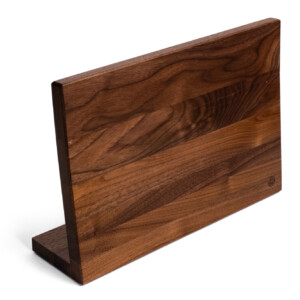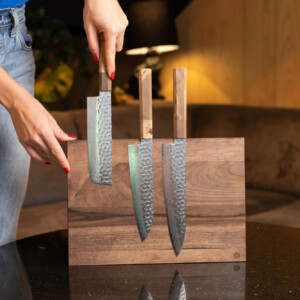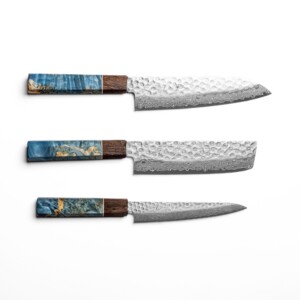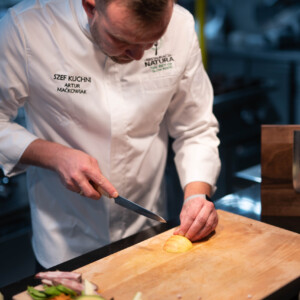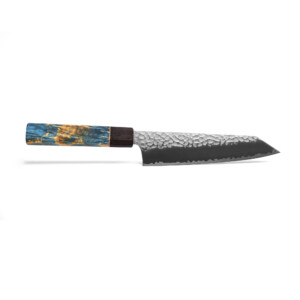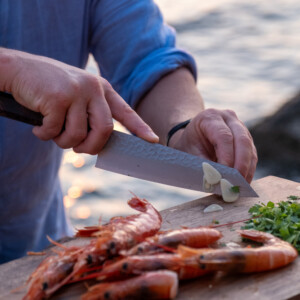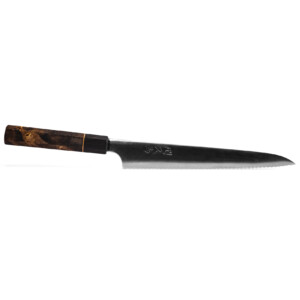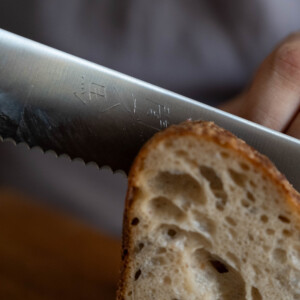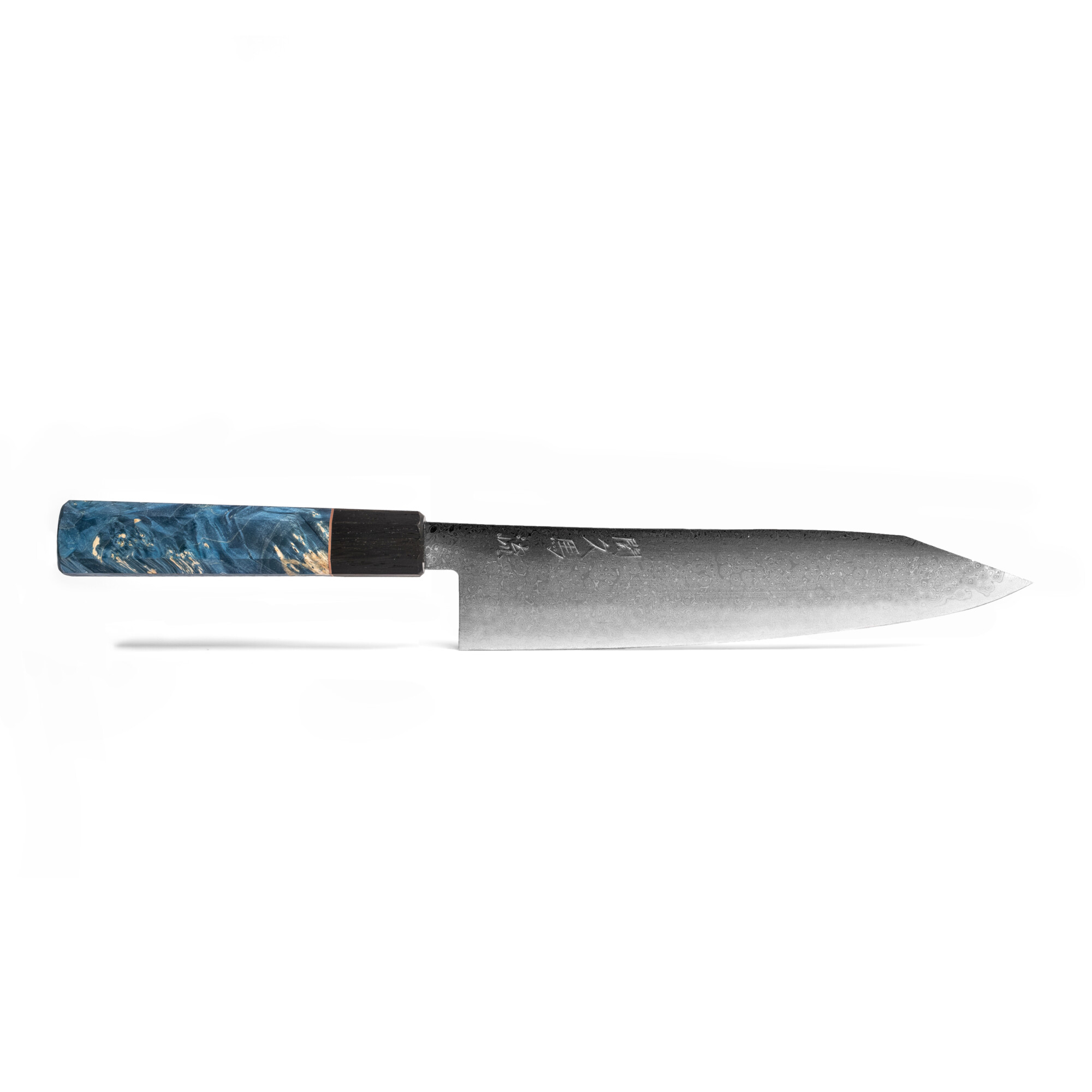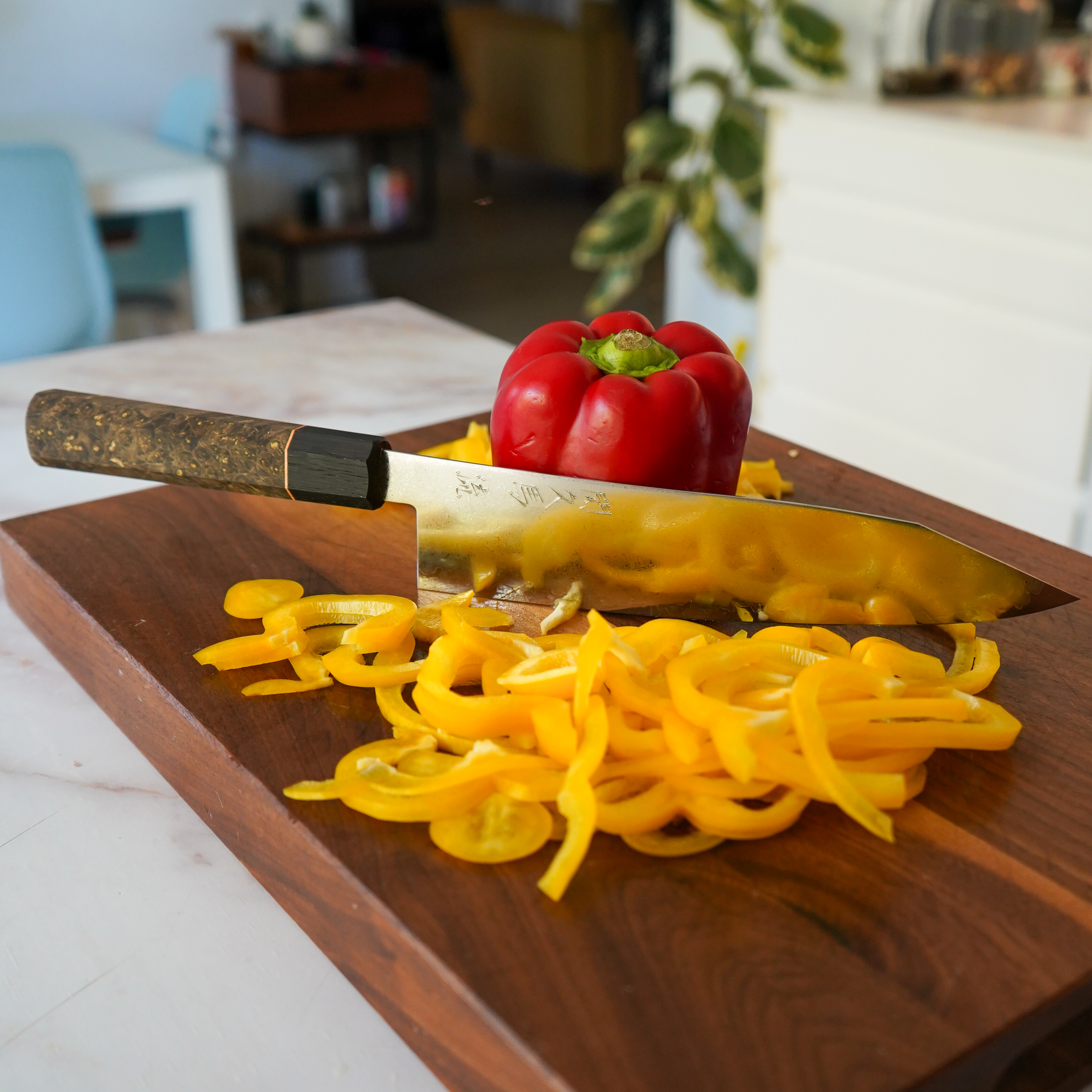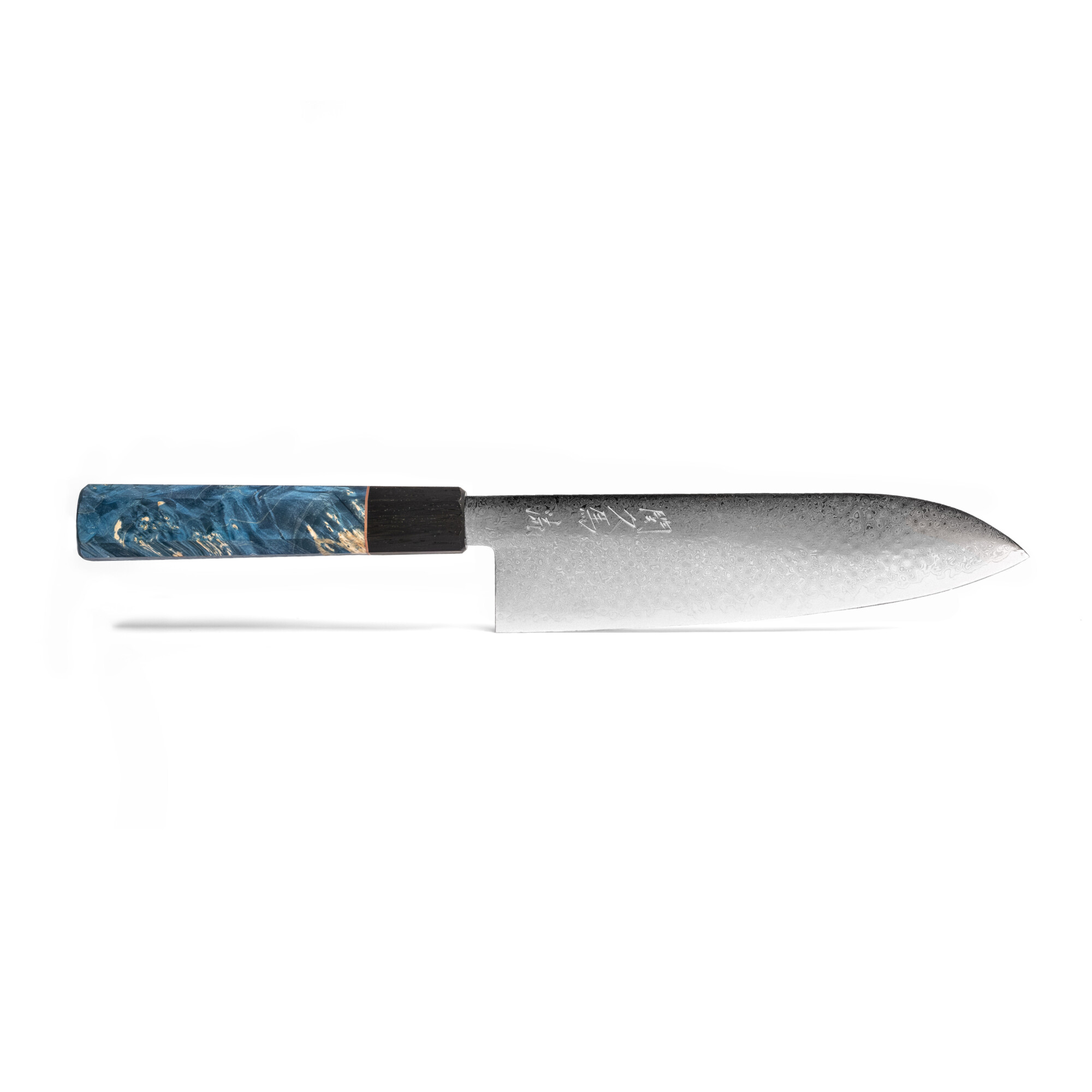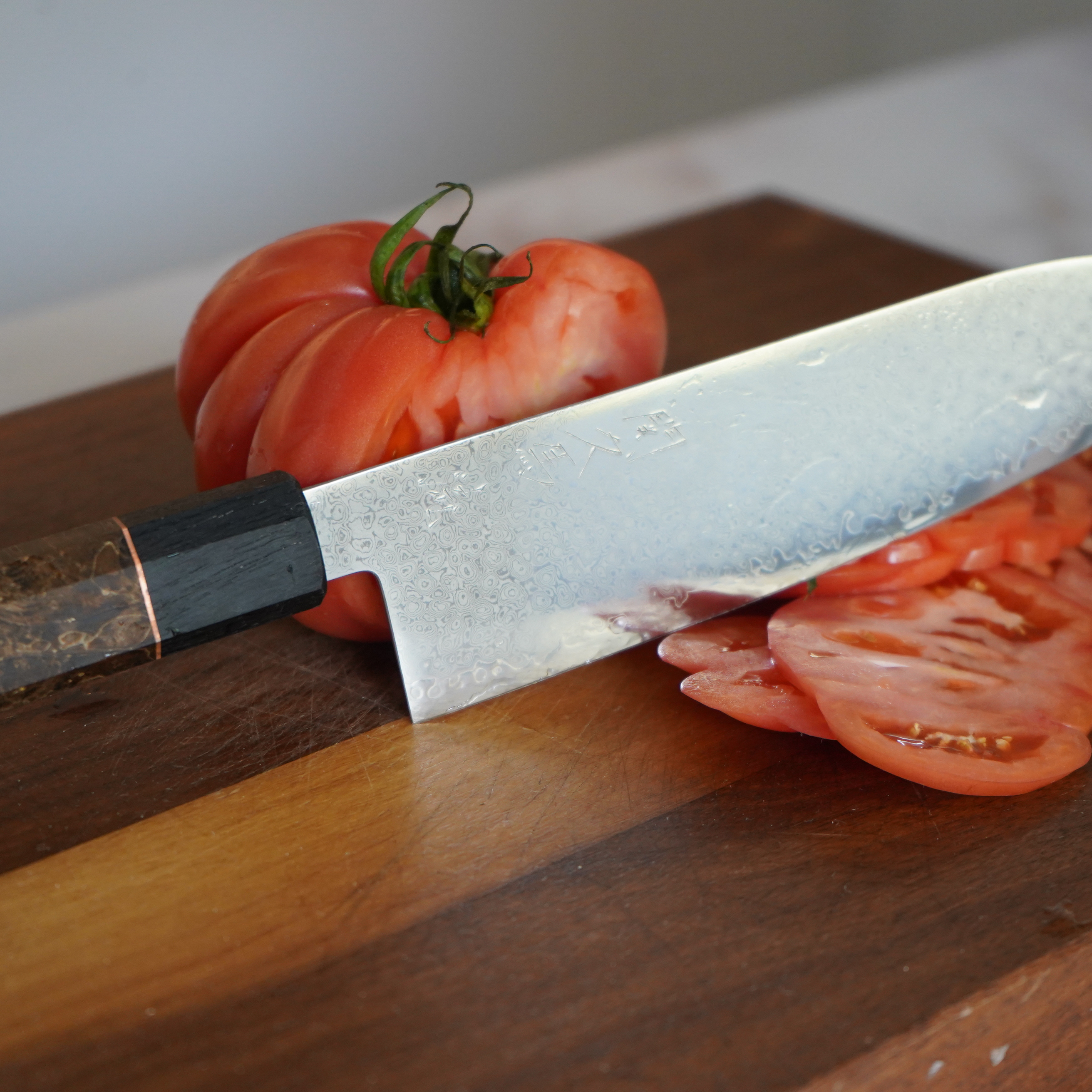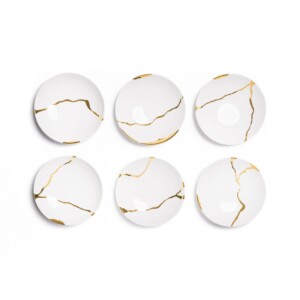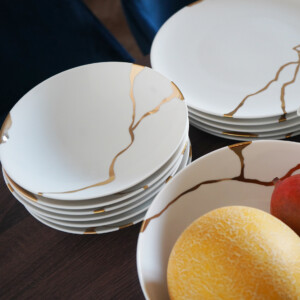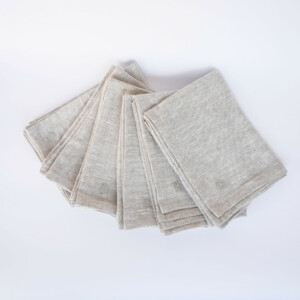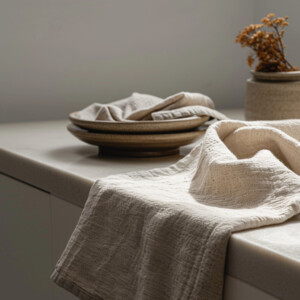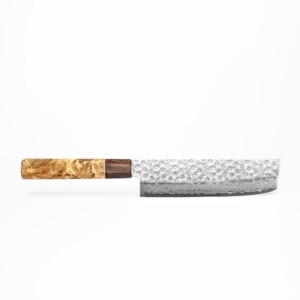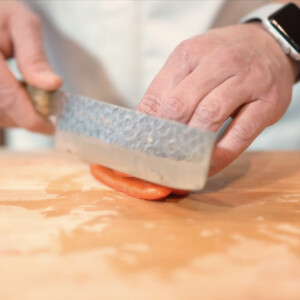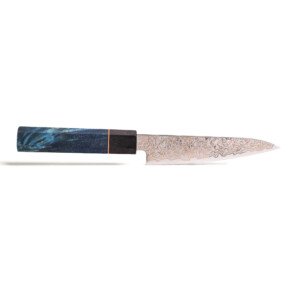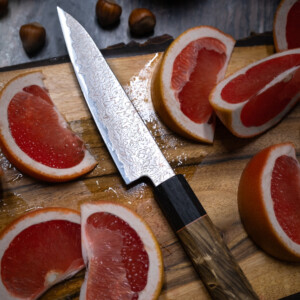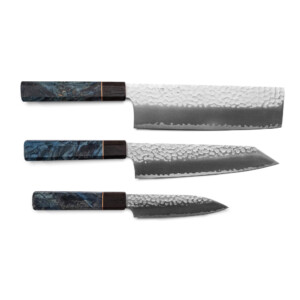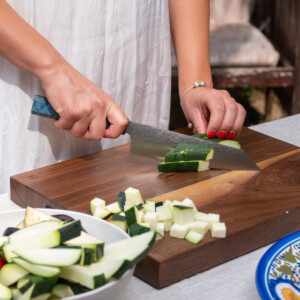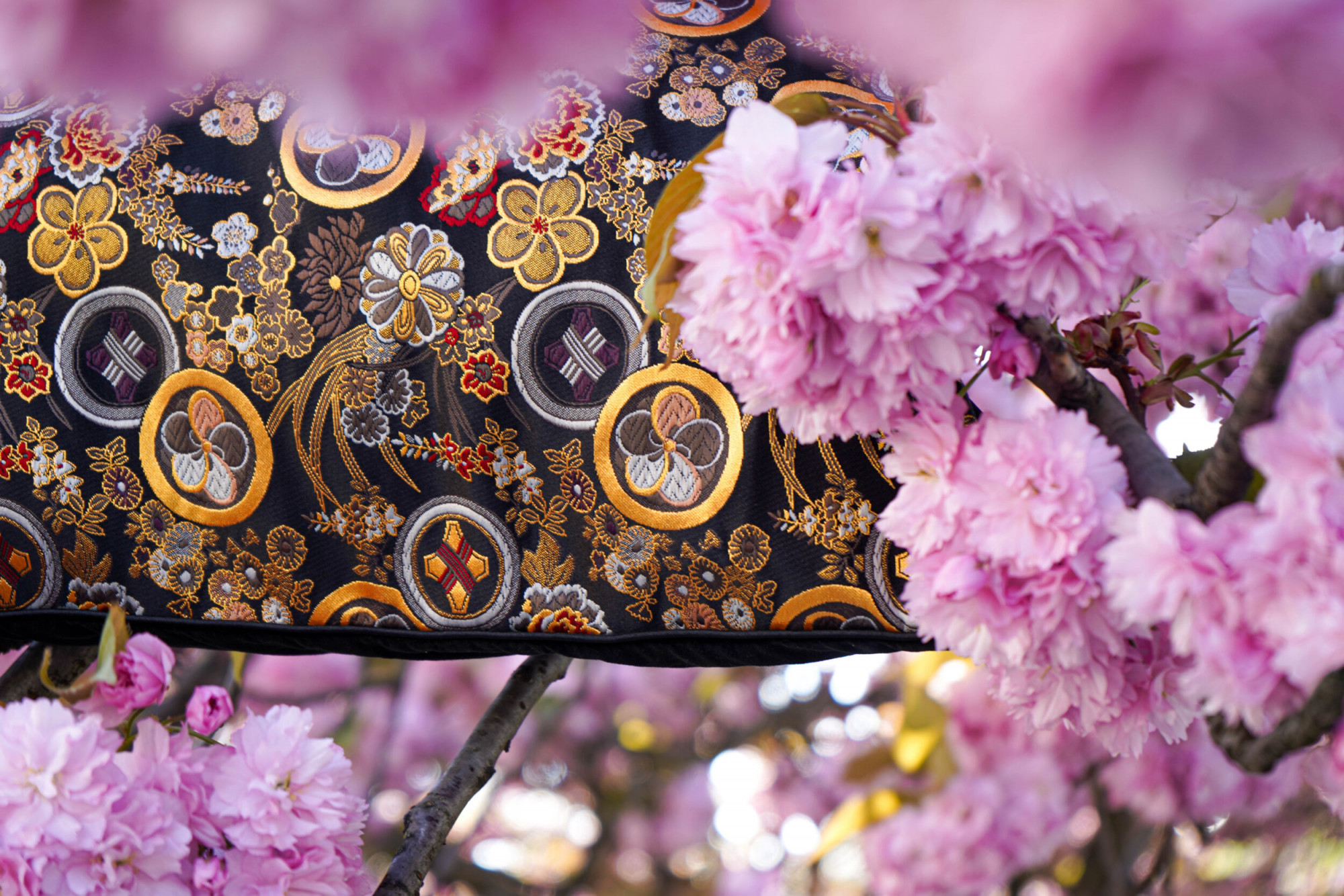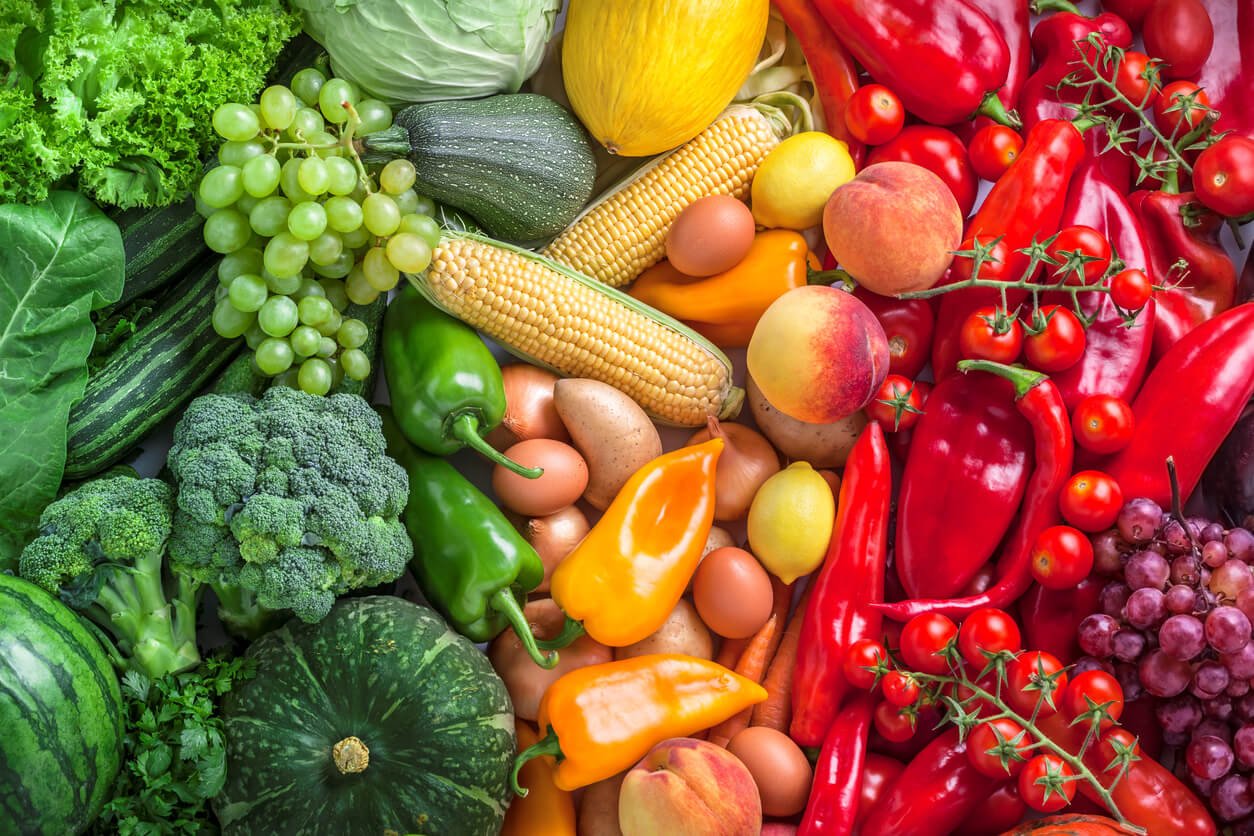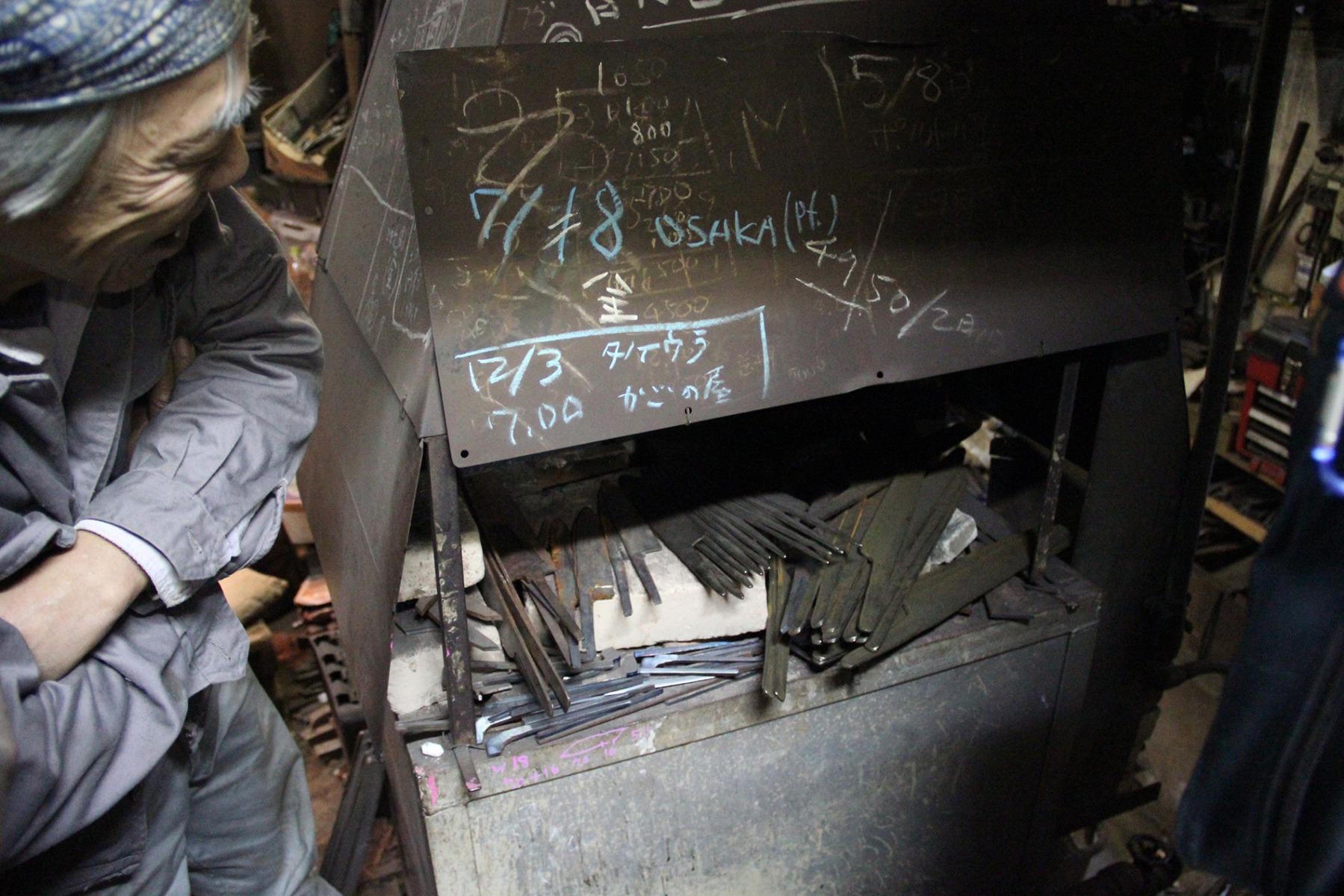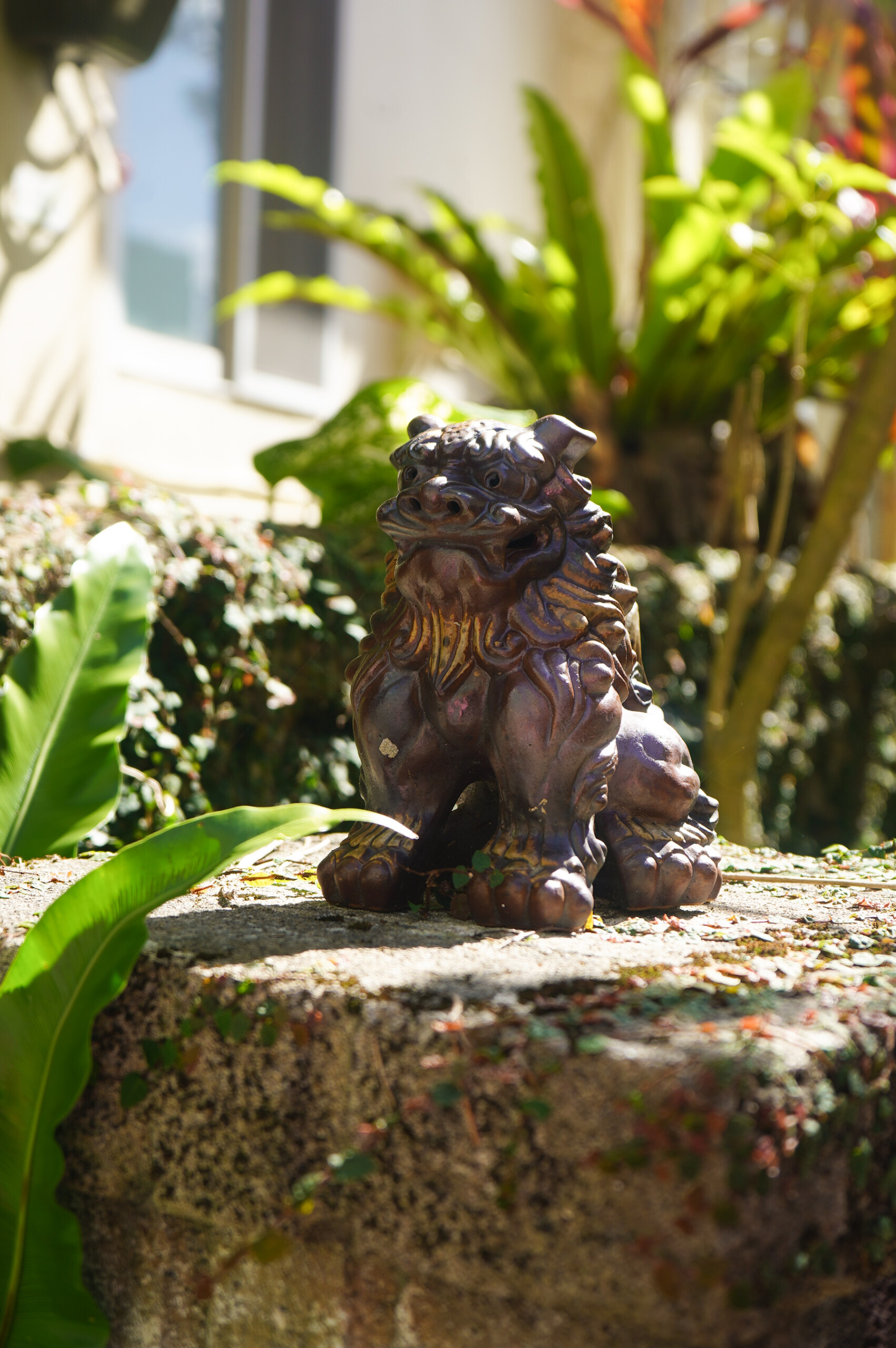When it comes to sushi preparation, one may wonder if a special knife, such as a Sashimi or Yanagiba knife, is necessary. These traditional Japanese knives are specifically designed for slicing raw fish and are highly regarded among professional sushi chefs. However, the question remains: Do you really need a specialized knife to create delicious sushi at home? In this article, we will explore the various aspects of sushi preparation, discuss the characteristics of Sashimi and Yanagiba knives, and ultimately guide you towards the answer. When it comes to sushi preparation, one may wonder if a special knife, such as a Sashimi or Yanagiba knife, is necessary. These traditional Japanese knives are specifically designed for slicing raw fish and are highly regarded among professional sushi chefs. However, the question remains: Do you really need a specialized knife to create delicious sushi at home? In this article, we will explore the various aspects of sushi preparation, discuss the characteristics of Deba, Nakiri, Sashimi and Yanagiba knives, and ultimately guide you towards the answer.
The Two Main Types of Japanese Sushi Knives
Too make this discussion complete, we should probably cover these knives with a broad stroke and then drill down. There are two main groups of Japanese knives and they are divided based on how they are honed. A traditional sushi knife is honed on one side and a Japanese western-style sushi knife is honed on both sides (double-edged) and is based on western knife design but with a Japanese influence. The main Japanese influence is that instead of being ground 50:50 (or like a “V”) typical of standard western knives, they are ground to a thinner asymmetrical edge with ratio’s like 70:30, 60:40 and 90:10. See image 30:70 below for an example of the Japanese version of the western blade edge compared to a standard 50:50 edge. 30:70 seems to be the most common.
Common 50:50 Blade edge vs Japanese Western-style 70:30 blade edge
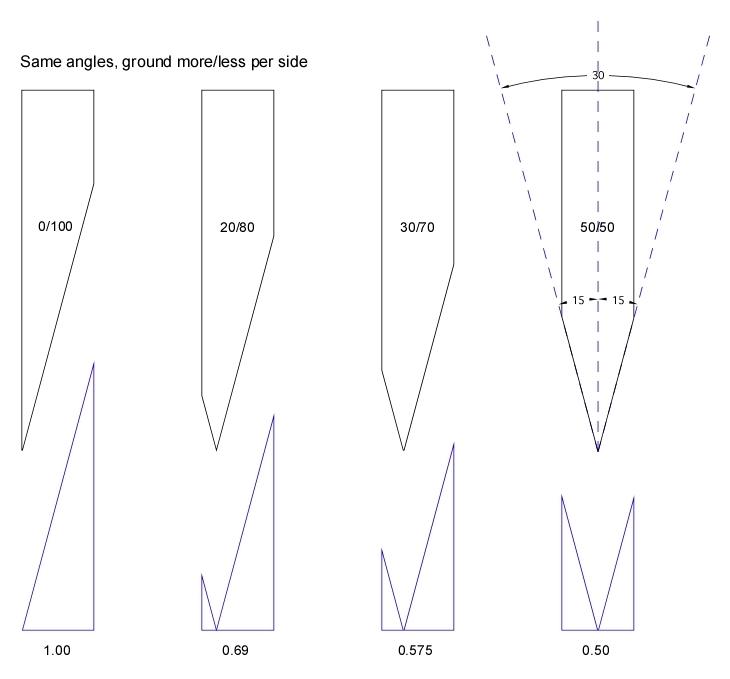
By creating a steeper angle on the front face blade edge than on the back side, a thinner cutting edge is created which gets closer to the sharpness of the traditional single-edge sushi knife design. So now that you know the main difference between the two let’s look at the most common styles in each group:
Traditional Japanese knives typically used in making sushi
Sushi Chefs generally use 3 different kinds of knives when making sushi:
- Deba-bocho: A heavy duty cleaver used for tough jobs like cutting through the bones and cartilage of fish. In the pictures above, the deba is the one on the bottom.
- Usuba-bocho/Kamagata Usuba-Bocho and Nakiri-Bocho (Western style): A vegetable knife used for peeling, slicing and chopping. The Usuba-bocho is the one on top in the pictures above.
- Yanagiba or Sashimi-bocho: A sashimi knife used to slice up raw block of fish and fish fillets. The Yanagiba is the long slender one in the middle.
Ok, enough of the knife geeking. What about those of you, who are home cooks but want to have a joy in making sushi at home?
Understanding Sushi and Its Knife Requirements
Sushi, a culinary art form originating from Japan, has gained immense popularity worldwide. It typically consists of vinegared rice combined with a variety of ingredients, including raw fish, seafood, vegetables, and condiments. While the quality of the ingredients and the techniques used in sushi-making are crucial, the knife plays a significant role in achieving precise cuts and enhancing the overall presentation.
In sushi preparation, the knife’s primary purpose is to slice raw fish with precision, ensuring clean, even cuts that showcase the delicate texture and flavor of the fish. A well-sharpened knife with a long, thin blade is ideal for this task. The length of the blade allows for a single, fluid motion when slicing, reducing the need for multiple strokes that may damage the fish.
Sashimi Knife: Designed for Perfection in Raw Fish Slicing
The Sashimi knife, also known as a Sashimi Bocho or Yanagiba Bocho, is a long, single-edged knife specifically crafted for slicing sashimi and other raw fish delicacies. It features a long, narrow blade with a sharp, tapered edge on one side, allowing for precise, paper-thin cuts.
The Yanagiba knife, in particular, is revered for its ability to glide effortlessly through raw fish, creating clean, uniform slices. The single-bevel edge enhances the knife’s sharpness, while the length of the blade provides the necessary control and precision for delicate slicing.
While the Sashimi and Yanagiba knives are prized possessions for professional sushi chefs, their use requires advanced knife skills and proper maintenance. These knives have a specific bevel angle and require regular sharpening and honing to maintain their performance. Additionally, they are relatively delicate and may chip or break if mishandled or subjected to inappropriate cutting techniques.
A Versatile Alternative: The Sakai Kyuba Chef’s Knife
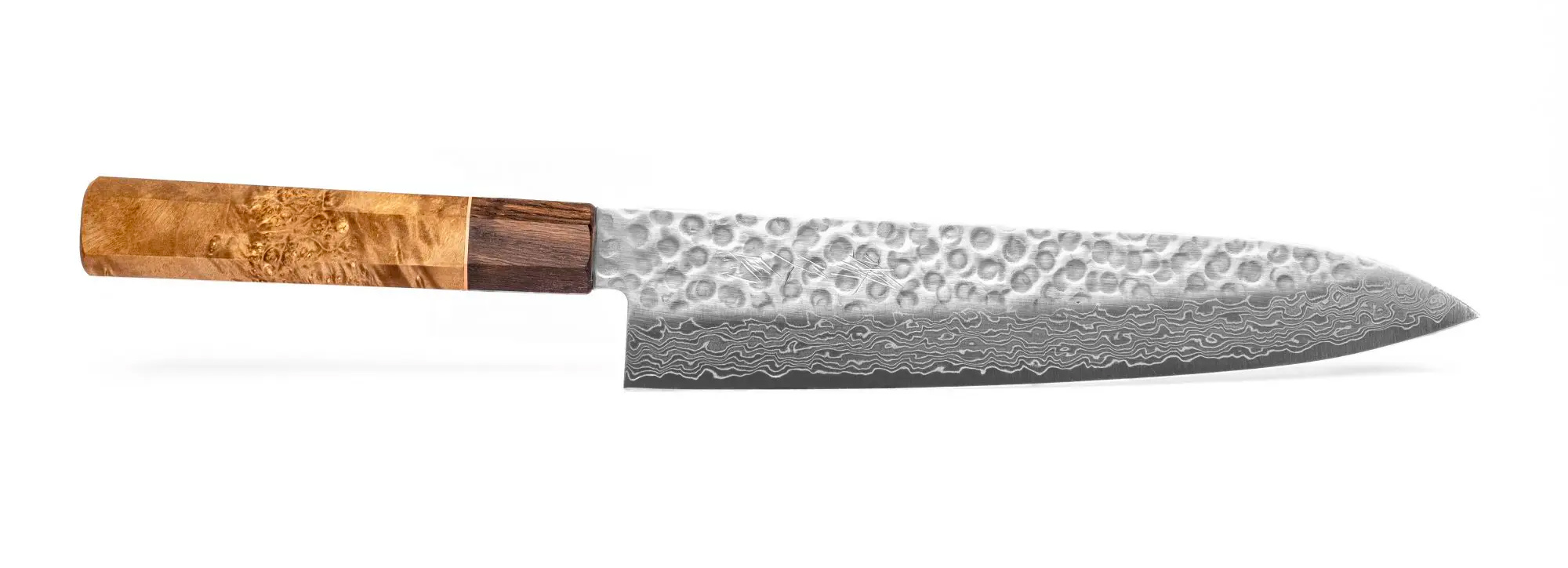
While specialized knives like the Sashimi and Yanagiba have their merits, it is important to note that they are not essential for creating sushi at home. You can achieve excellent results with a versatile alternative, such as the Sakai Kyuba Chef’s Knife.
The Sakai Kyuba Chef’s Knife combines the best elements of Japanese and Western knife styles. It features a longer blade, similar to the Sashimi and Yanagiba knives, providing the necessary length for precise cuts. The high-carbon stainless steel construction ensures exceptional sharpness and edge retention.
The versatility of the Sakai Kyuba Chef’s Knife allows you to handle various tasks in the kitchen beyond sushi preparation. Its multi-purpose design makes it suitable for slicing, dicing, and chopping a wide range of ingredients. From vegetables to meat, this knife adapts to different cutting techniques, providing you with a reliable tool for all your culinary endeavors.
Key Considerations for Sushi Knife Selection
When choosing a knife for sushi preparation, there are a few key factors to consider:
- Blade Length: Opt for a knife with a longer blade, around 8 to 10 inches, to facilitate precise cuts and minimize the need for multiple strokes.
- Blade Shape: A thin, tapered blade allows for delicate slicing and ensures minimal damage to the fish.
- Sharpness: A sharp knife is essential for clean cuts. Regular sharpening and honing are necessary to maintain the knife’s performance.
- Comfort and Control: Look for a knife with an ergonomic handle that provides a comfortable grip and enables precise control.
While specialized knives like the Sashimi and Yanagiba have their place in the realm of professional sushi preparation, they are not necessary for creating delicious sushi at home. What matters most is a sharp knife with a longer blade that allows for precise cuts and minimizes the need for multiple strokes. The Sakai Kyuba Chef’s Knife, with its exceptional sharpness, long blade, and versatility, is an ideal alternative for sushi enthusiasts looking to elevate their culinary experience. Remember, the key to successful sushi-making lies in the quality of the ingredients, your technique, and the joy of creating something delicious. With the right knife in hand, you can embark on a sushi-making journey that not only satisfies your taste buds but also brings a sense of accomplishment and culinary fulfillment.
